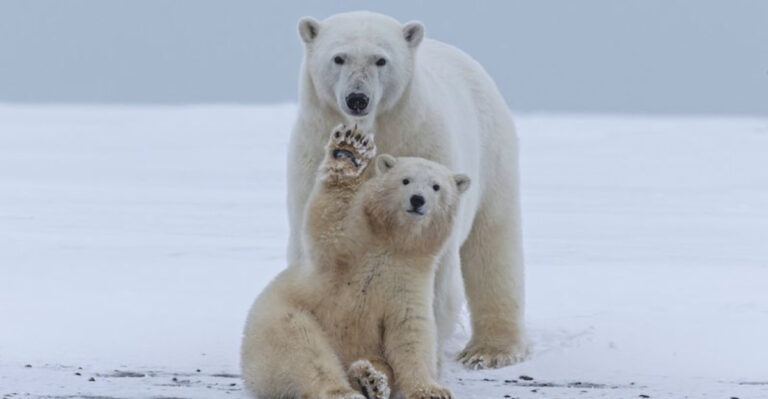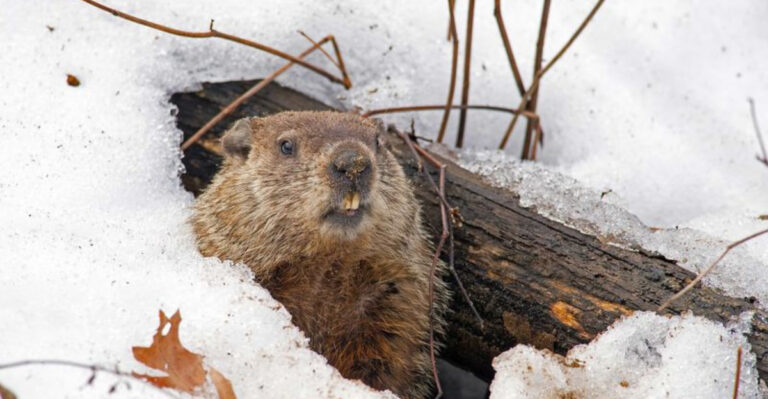The Hidden Crisis: Why Bees, Butterflies, And Other Pollinators Are Disappearing
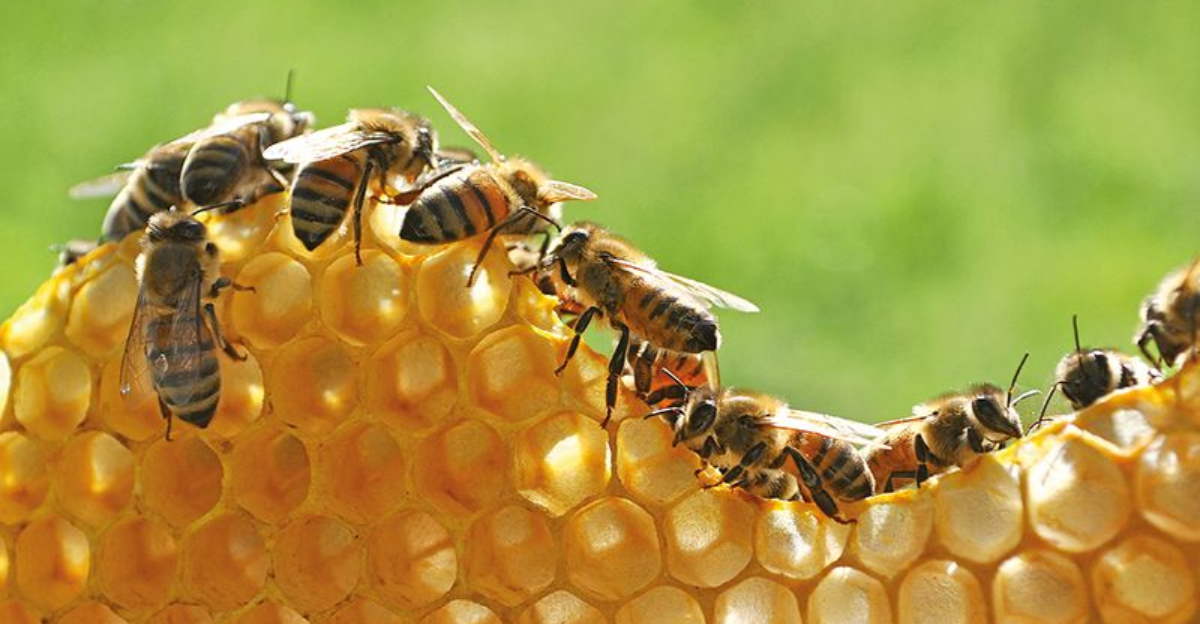
Our world is facing a silent emergency that threatens our food supply and natural ecosystems. Pollinators like bees, butterflies, and other insects are vanishing at alarming rates across the globe.
These tiny creatures are responsible for helping plants reproduce, which means they’re behind one out of every three bites of food we eat.
1. Pesticides Poison Pollinators

Farmers and gardeners spray chemicals to kill unwanted bugs, but these poisons don’t discriminate. When bees land on treated flowers, the chemicals attack their tiny brains and nervous systems.
Some pesticides called neonicotinoids are especially harmful because they stay in the plant’s tissue and pollen. Even small doses can confuse pollinators so badly they can’t find their way home or remember where flowers are.
2. Vanishing Wild Spaces
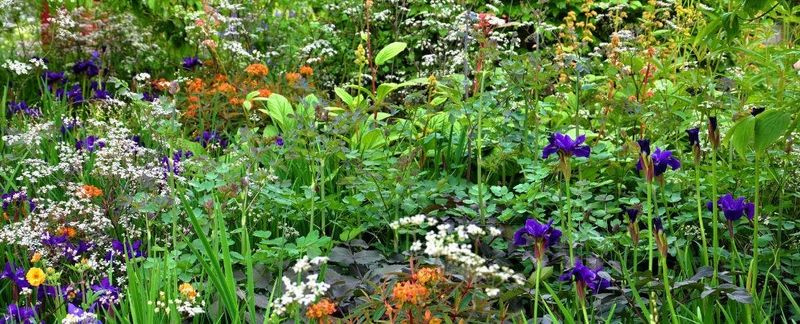
Remember that empty lot full of wildflowers you used to see? It’s probably a shopping center now. As humans build more houses, roads, and farms, we’re erasing the natural places pollinators call home.
Butterflies need specific plants to lay eggs on, while bees need undisturbed soil for nesting. Without these special places, pollinator families can’t grow. The fragmented patches that remain often can’t support healthy populations.
3. Weather Gone Wild

Climate change is like changing the rules of the game without telling the players. When spring arrives earlier each year, flowers might bloom before pollinators wake up from winter sleep.
Hotter summers can cook butterfly eggs before they hatch. Unpredictable freezes might kill bees that emerged too early. Droughts make finding nectar nearly impossible. These weather extremes create a dangerous mismatch between pollinators and the plants they depend on.
4. Endless Fields Of One Crop
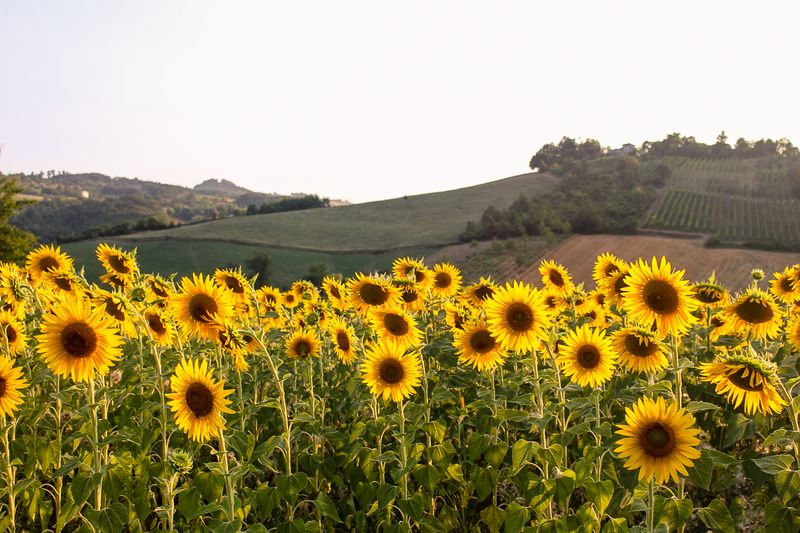
Imagine eating only pizza for every meal, every day. That’s what we’re asking pollinators to do with huge fields of identical crops stretching for miles.
Modern farms often grow just one plant type, creating a brief period of abundant food followed by nothing at all. Pollinators need diverse flowers blooming throughout the seasons to survive. Without variety, they face feast-or-famine conditions that weaken their populations over time.
5. Microscopic Invaders
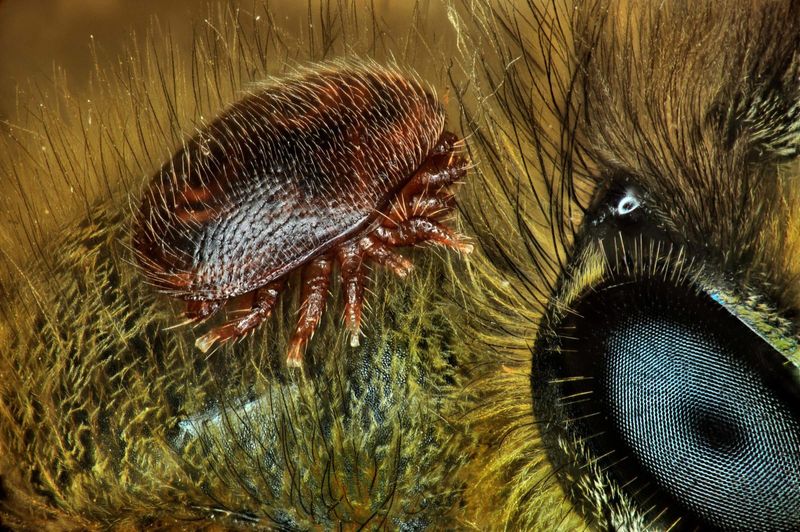
Pollinators face an invisible army of enemies: mites, fungi, viruses, and bacteria. The notorious Varroa mite, for example, latches onto honeybees and sucks their blood while spreading deadly diseases.
Global bee trading has accidentally spread these problems worldwide. Colony collapse disorder, where entire bee colonies mysteriously vanish, may result from these pathogens overwhelming bee immune systems. Wild pollinators suffer too, especially when they share flowers with infected managed bees.
6. Unwelcome Newcomers
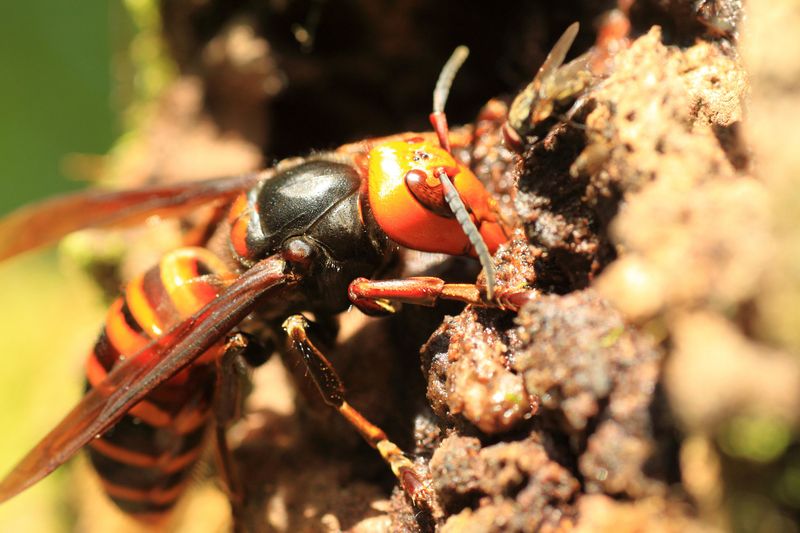
Some foreign plants and animals become bullies when introduced to new areas. The Asian giant hornet, nicknamed the “murder hornet,” can destroy an entire honeybee colony in hours by decapitating the defenders.
Invasive plants like purple loosestrife or kudzu can overrun diverse meadows, replacing many native flowers with just one type. Foreign bumblebees imported for greenhouse pollination sometimes escape, spreading diseases to native cousins and outcompeting them for limited resources.
7. Nights Bright As Day
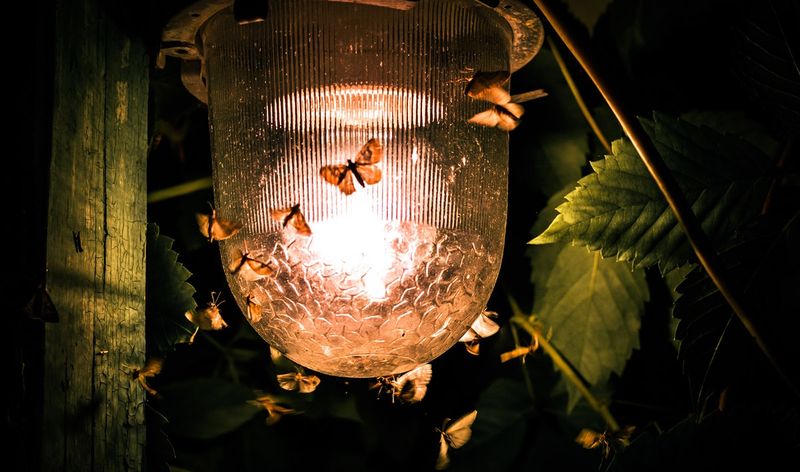
Moths have pollinated flowers under moonlight for millions of years. Today’s artificial lighting confuses their ancient navigation systems, often trapping them in endless circles around streetlights until exhaustion.
Many flowers that bloom at night now receive fewer pollinator visits. Light pollution also disrupts fireflies’ mating signals and alters the timing of daily activities for many insects. For creatures evolved to use darkness as protection, constant illumination creates dangerous vulnerability.
8. Farming Without Thinking
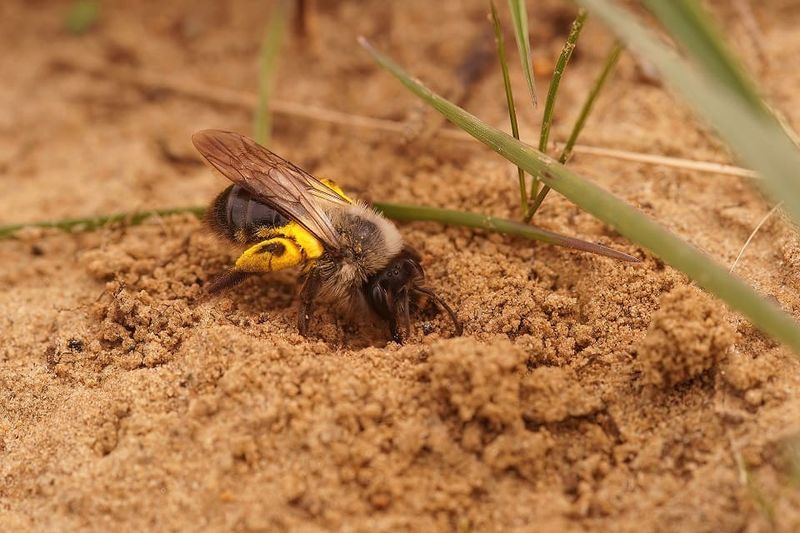
The race for higher crop yields often tramples pollinator needs. Heavy machinery compacts soil where ground-nesting bees make their homes. Frequent tilling destroys established nests and exposes developing bee larvae.
Removing hedgerows and natural borders around fields eliminates crucial shelter. Even irrigation timing matters – watering when pollinators are active can wash away pollen or directly harm delicate insects. These seemingly small farming decisions add up to big problems for pollinator communities.
9. Plastic’s Unexpected Victims
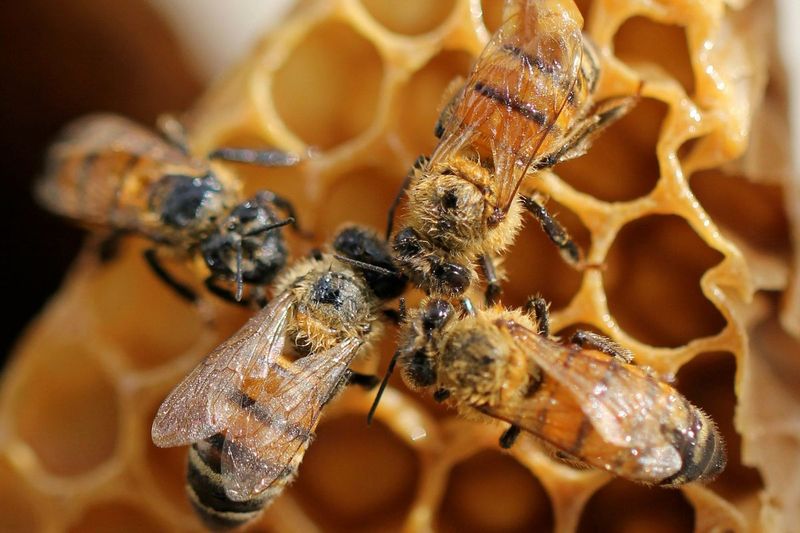
Tiny plastic particles are showing up everywhere – even in beeswax and honey. When microplastics contaminate pollen and nectar, pollinators consume these indigestible materials that can build up in their bodies.
Plastic waste creates false flowers that attract pollinators but offer no food. Butterflies and bees can become trapped in plastic debris or mistake it for nesting material. Research suggests these materials may even contain chemicals that mimic hormones, potentially disrupting pollinator development.
10. Islands In A Human Sea
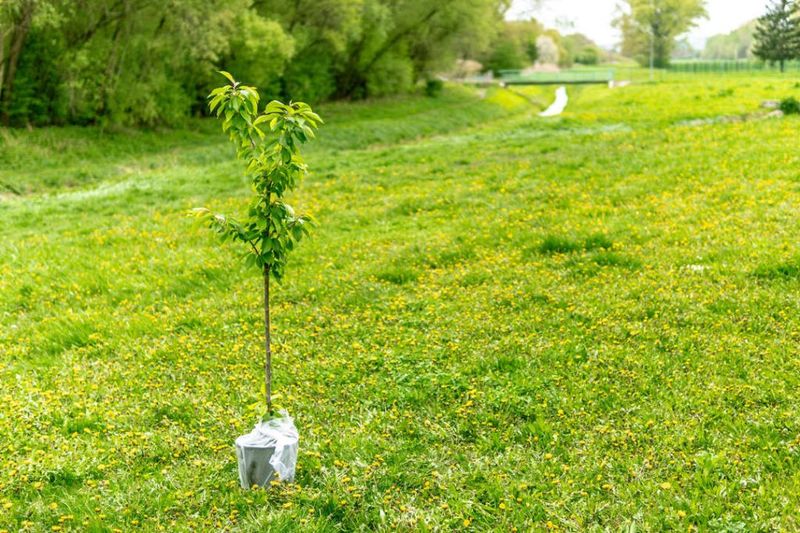
Pollinators face a landscape chopped into disconnected pieces. A butterfly meadow surrounded by highways and buildings becomes a prison rather than a home, preventing genetic exchange between isolated populations.
Many species can only fly short distances, making it impossible to reach the next suitable habitat patch. This fragmentation leads to inbreeding and vulnerability to disease. Even mobile pollinators struggle when forced to cross dangerous urban or agricultural areas where they find no food or shelter.
11. Missing Native Plant Partners

Many pollinators evolved special relationships with specific native plants. When these plants disappear, their pollinator partners can’t simply switch to any available flower.
Monarch butterflies, for instance, lay eggs only on milkweed plants. As milkweed vanishes from landscapes, monarchs decline dramatically. Replacing diverse native plantings with non-native ornamentals or turf grass creates green deserts – pretty to human eyes but offering little nourishment for hungry pollinators.
12. Honeybees Worked To Death
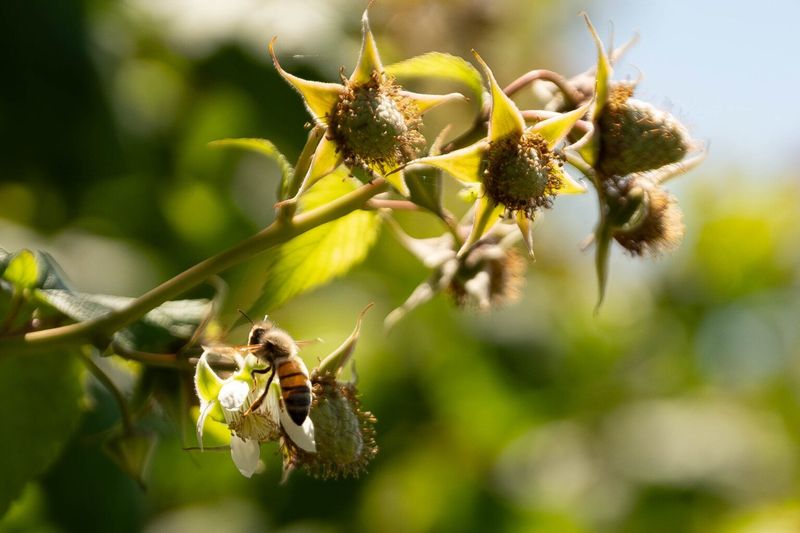
Commercial honeybees live stressful lives as agricultural workers. Packed into hives and trucked thousands of miles between crop fields, these pollinators face exhaustion, poor nutrition, and exposure to various chemicals.
When almond trees bloom in California, nearly two million hives arrive from across America. This massive concentration spreads diseases while forcing bees to pollinate a single crop. The resulting honey often gets harvested and replaced with sugar water – like feeding a child candy instead of vegetables.
13. Society’s Blind Spot
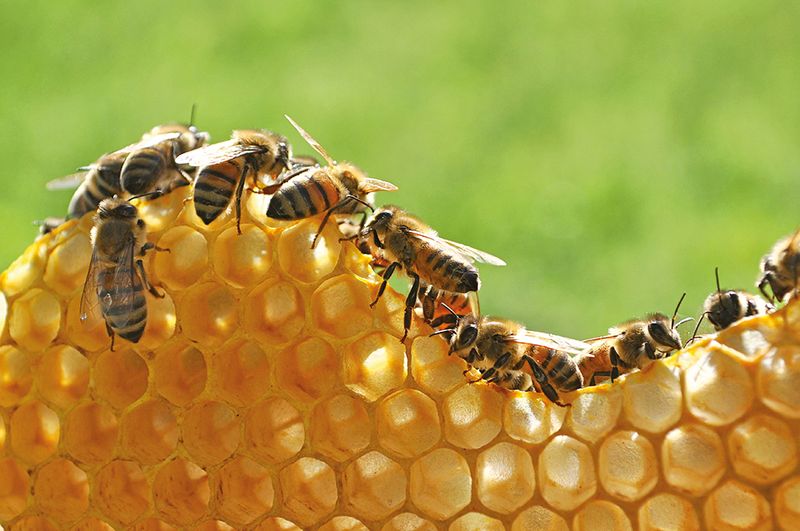
Despite depending on pollinators for our food, most people barely notice them disappearing. Many still view bees as threats rather than essential allies, swatting rather than protecting them.
Government policies often prioritize short-term agricultural production over pollinator health. School curricula rarely teach children about these creatures’ importance. Without public pressure for change, harmful practices continue unchecked. The tragedy unfolds in slow motion, mostly invisible to those not paying close attention.


